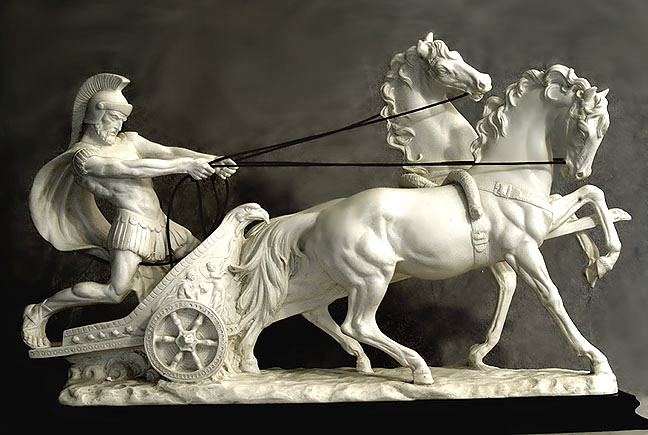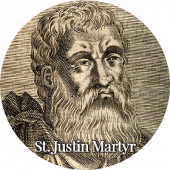
As this year marks 500 years since the excommunication of Martin Luther in 1521 – a declaration that still resonates today – I decided to reread the documents of that belated and belabored answer to Luther’s claims, the Catholic Church’s Council of Trent (1545-63). As I read, I was struck by a seldom-commented feature of that vociferous 16th century altercation. I mean the difference between ordinal and cardinal numbers, and more specifically as regards the first digit of them all: ‘1’. In recent decades, Lutherans and Catholics have, in significant measure, transcended some of the controversy (concerning justification, for example); still, the following clarifications continue to be relevant, on all sides.
I am not interested here in the equally fascinating fact that ‘one’, de rigueur, is not a number at all, but the principle of number. Any true number, to be what it is, must be one such number; a ‘2’, for instance, would not be a 2 if it were not one 2, and not two or three 2’s, which would make it 4 or 6. What seems to me more apropos of reflections on Reformation history is the difference between the cardinal 1 and the ordinal 1 – that is, between the ‘one and only one’ and the ‘first’ (even the primus inter pares), presumably followed by comparably important ‘seconds’ or even ‘thirds’, etc.
You see, good Luther had learned from his years of Catholic theology that 1) Scripture, 2) faith and 3) grace are each, in different contexts and different ways, first as sources of salvation. Put in the proper context and with due qualifications, there is no problem. No Catholic theologian worth his salt will object to this. Had he only underlined this with some accurate, memorable Latin phrases – like prima scriptura, prima fide, and prima gratia – the Church might have thanked him for bringing this ‘primacy’ into novel, but still orthodox focus. However, circumstances of temperament and his own penchant for rhetorical strategies tempted Luther to emphasize the primacy even more dramatically. He morphed it into unicity, uniqueness, or only-ness. That is to say, he turned the ordinal into a cardinal (no pun intended).
Cardinal Cajetan and Erasmus tried to finesse the German’s rhetoric into the crucial distinctions any doctrine needs if it is not to be skewed into heresy. But this was not to be. Luther’s undeniable poetical and rhetorical gifts were turned loose by a conspiracy of events and circumstances. Holding in his hands the power of the new social media of the printed pamphlet, he was able to manhandle the new propaganda ‘reading-bytes’, and easily drown out the careful, doctrinal disquisitions of the centuries. Add to this the visible absurdity of indulgences being sold by the Church in Germany like lottery tickets, the hoary institution of the One True Church seemed sorely in need both of moral reform and doctrinal simplification. Emphasis on only Scripture, only faith, and only grace seemed made to order. And thus emerge the Protestant mantras we know so well: sola scriptura, sola fide, and sola gratia.
The Catholic Church – though with regretful tardiness – will finally take advantage of these overstatements and churn out her own carefully-balanced formulae. Thus, we have: Scripture and Tradition / faith and works / grace and nature (further harmonies will come in the debates of later centuries, such as faith and reason, religion and science). These are the inclusive conceptual non-identical twins Catholicism has henceforth poised precariously, but dynamically, on the scales of Christian truth. They are explicitly formulated at Trent, but were already present as the living parameters of a millennium of medieval theology.
Marked off by those complementary poles, worlds of Patristic and Scholastic theology and philosophy spread their wings over the Christian landscape. Likewise, thousands of Byzantine, Romanesque, Gothic and Renaissance churches, basilicas, monasteries and sanctuaries – full of eloquent and similarly counterbalanced frescos, mosaics and statuary – rose gloriously over that same landscape. The “both/and” principle will prevail in Catholicism, not without, at times, swaying into temporary exaggerations towards one side or the other. Still, on the whole it will maintain the noble balance of the charioteer who leans now to the left and then to the right, his steeds charging forward. Their course is in pursuit of a Truth forever larger, forever wider – and forever wilder! – than dogmatic formulas will ever succeed in capturing.



